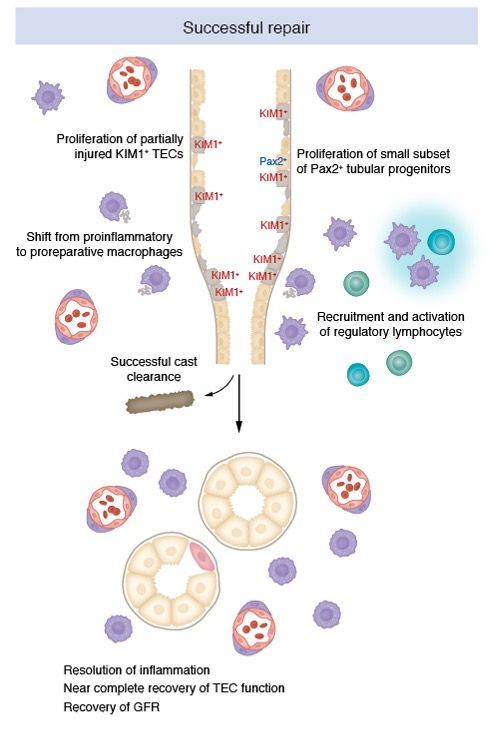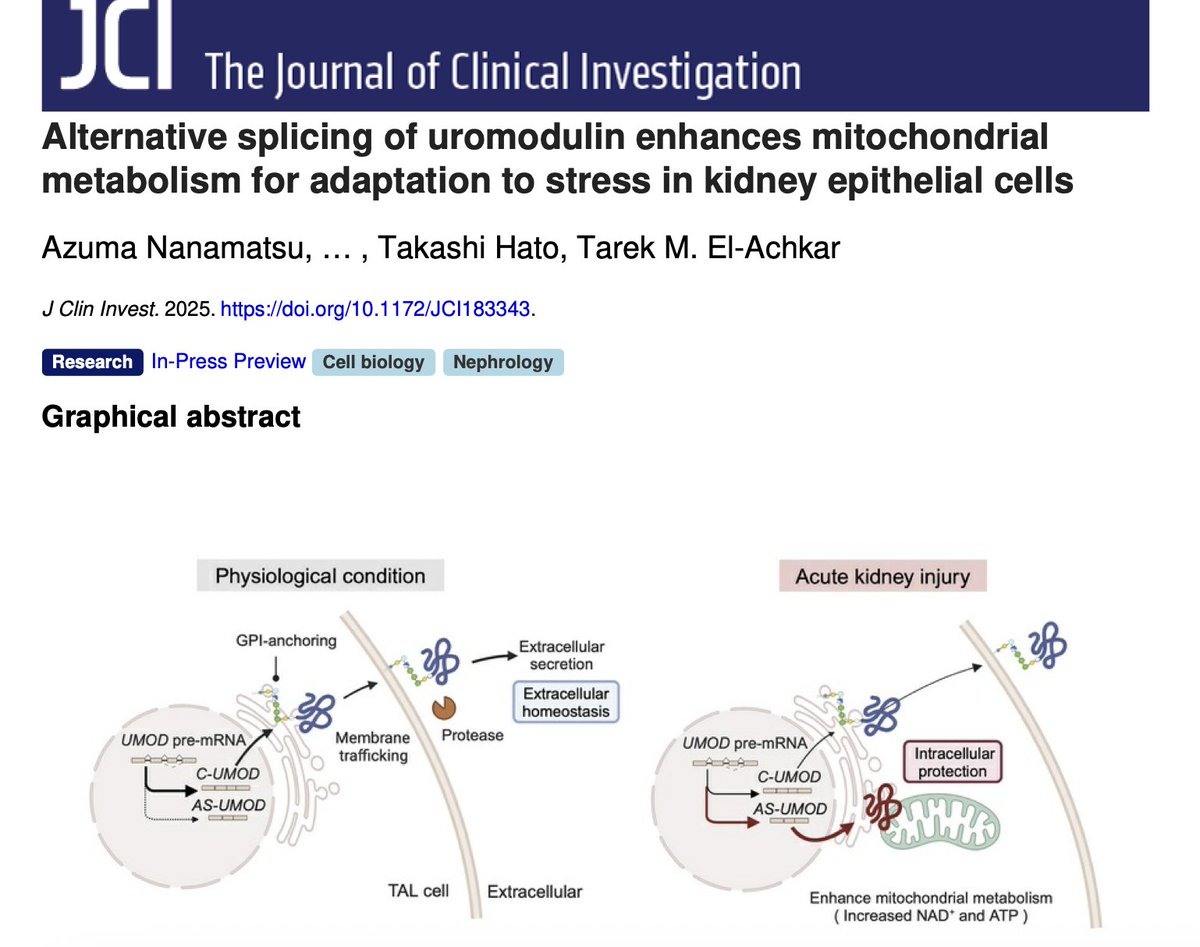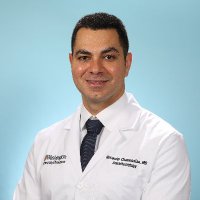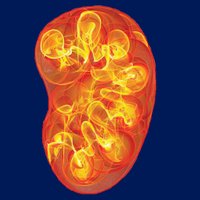
Jamie Privratsky MD/PhD
@jamieprivratsky
#ICU, #Anesthesiology, #criticalcare, #researcher @Duke_Anesthesia interested in #AKI, #renalimmunology, #multiorganfailure. #eSAS. Tweets are my own
ID: 2853731915
31-10-2014 20:13:10
3,3K Tweet
831 Followers
247 Following

It’s a dream come true 🥹🥹❤️😍 I can’t believe it!! Go DUKE!!!!!!! Duke Anesthesiology



How sweet it is for the Blue Devils! 😈 Duke Women’s Basketball | Duke Men’s Basketball


Acute kidney injury is frequently triggered by damage to tubular epithelial cells (TECs). ASCI member Lloyd Cantley Yale School of Medicine reviews factors that contribute to functional recovery vs. failed repair in TECs and their translational implications. buff.ly/2Ivh0cO


👏Congratulations to Duke #Anesthesiology's Dr. Alina Nicoara Alina Nicoara of Duke University School of Medicine on receiving this prestigious accolade!


Alternative splicing of uromodulin enhances mitochondrial metabolism for adaptation to stress in kidney epithelial cells Tarek M. Ashkar (El-Achkar) Journal of Clinical Investigation


Thanks Journal of Clinical Investigation for highlighting our recent work. Also wanted to recognize emerging #physicianscientists Valerie Etzrodt Amanda Clark, MD Marie Christelle Saade for their contributions and leadership of UTSW Nephrology faculty Takashi Suzuki

Congratulations to Mike Eadon Michael Eadon and Takashi Hato from IU Nephrology and Hypertension for being inducted to ASCI !!!!!


Super proud of this team and this work!Couldn't have done it without the best mentorship and department! Jessie Ansari Brendan Carvalho, MD, FRCA 🇺🇸🇿🇦🇵🇹 StanfordOBAnesthesia Stanford Anesthesiology SOAP Anesthesiology



Next year is the scary one! Thank you to everyone who planned the party and showed up (as well as those that couldn’t make it)! Sarah Jane morgan smith OUHSC Division of Nephrology Bibi Maryam


Congratulations to Amanda Clark, MD for leading this effort… A first in the field to show that NAD+ biosynthetic impairment is a quantitative feature of pediatric #AKI Hopefully opens possibilities for B3 based trials to prevent or improve this important condition in children






